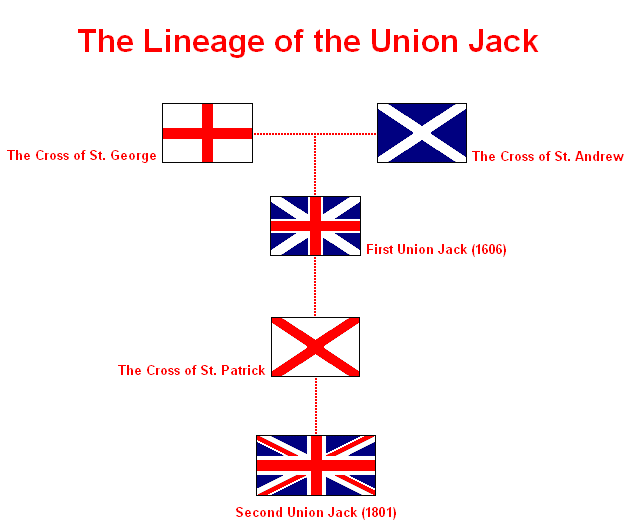THE BRITISH UNION JACK
FROM 1606 TO THE PRESENT DAY

|
Some Variants of the Union Jack |
||
|
Naval Ensign |
Naval Reserve Ensign |
Civil Ensign |
|
Royal Fleet Auxiliary Ensign |
Royal Air Force Ensign |
Government Ensign |
Lord-Lieutenant of a County |
|
Guernsey Civil Ensign |
Aberdeen Harbour Authority |
Royal Victoria Yacht Club |
House of Lords Yacht Club |
|
Other National Flags Based on the Union Jack |
|||
|
Australia |
New Zealand |
Niue |
Fiji |
|
Some Historical Flags Based on the
Union Jack |
|||
|
British "Meteor Flag" |
Taunton Flag |
US Continental Colors |
Canadian Red Ensign |